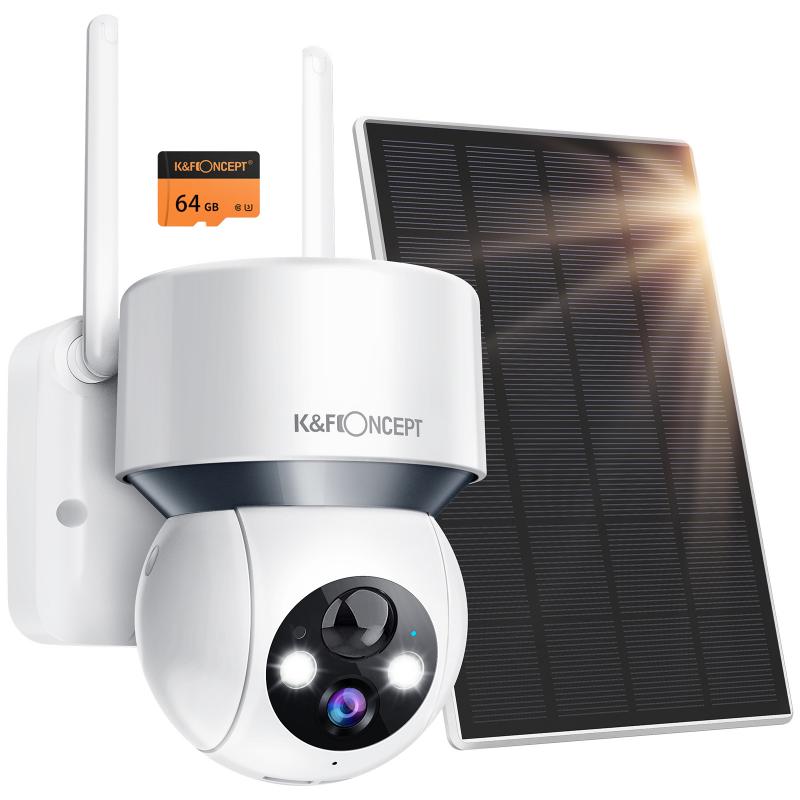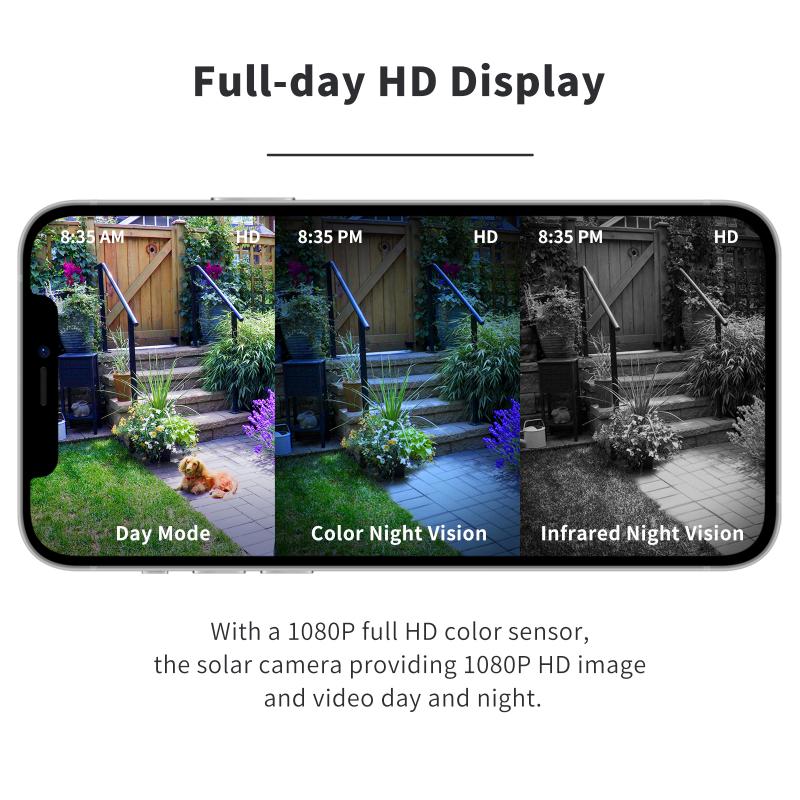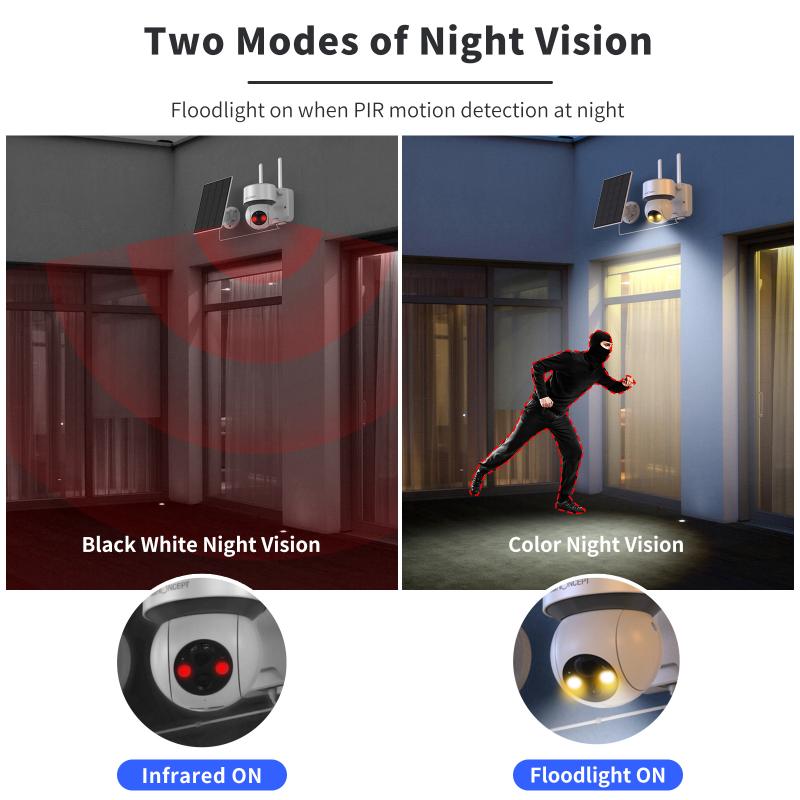How Do Solar Panels Work On A House?
Solar panels have become an increasingly popular choice for homeowners looking to reduce their energy bills and their carbon footprint. Understanding how solar panels work on a house can help you make an informed decision about whether this technology is right for you. In this article, we will delve into the mechanics of solar panels, the benefits they offer, and practical considerations for installation and maintenance.
The Basics of Solar Panels

At the core of solar panel technology is the photovoltaic (PV) cell. These cells are made from semiconductor materials, typically silicon, which can convert sunlight directly into electricity. When sunlight hits the PV cells, it excites electrons in the semiconductor material, creating an electric current. This process is known as the photovoltaic effect.
Components of a Solar Panel System

A typical residential solar panel system consists of several key components:
1. Solar Panels: These are the most visible part of the system and are usually installed on the roof. They capture sunlight and convert it into direct current (DC) electricity.
2. Inverter: The electricity generated by the solar panels is in the form of DC, but most household appliances run on alternating current (AC). The inverter converts DC electricity into AC electricity.
3. Mounting System: This is the hardware that attaches the solar panels to your roof. It ensures that the panels are securely fixed and optimally angled to capture the most sunlight.
4. Battery Storage (Optional): Some systems include batteries to store excess electricity generated during the day for use at night or during cloudy periods.
5. Monitoring System: This allows homeowners to track the performance of their solar panel system in real-time, ensuring it operates efficiently.
How Solar Panels Generate Electricity

1. Sunlight Absorption: Solar panels are made up of many PV cells that absorb sunlight. Each cell has a positive and a negative layer, creating an electric field.
2. Electric Current Generation: When sunlight hits the PV cells, it knocks electrons loose from their atoms. These free electrons flow through the cell, generating an electric current.
3. Inversion: The DC electricity generated by the solar panels is sent to the inverter, which converts it into AC electricity.
4. Powering Your Home: The AC electricity is then sent to your home's electrical panel, where it can be used to power your appliances, lights, and other electrical devices.
5. Excess Energy: If your solar panels generate more electricity than your home needs, the excess can be sent back to the grid (if your system is grid-tied) or stored in batteries for later use.
Benefits of Solar Panels

1. Reduced Energy Bills: One of the most immediate benefits of solar panels is the reduction in your electricity bills. By generating your own electricity, you rely less on the grid, which can lead to significant savings.
2. Environmental Impact: Solar energy is a clean, renewable resource. By using solar panels, you reduce your reliance on fossil fuels, thereby decreasing your carbon footprint.
3. Energy Independence: With solar panels, you become less dependent on external energy sources. This can be particularly beneficial in areas prone to power outages.
4. Increased Property Value: Homes with solar panel systems often have higher property values and sell faster than those without.
5. Government Incentives: Many governments offer tax credits, rebates, and other incentives to encourage the adoption of solar energy.
Practical Considerations for Installation
1. Roof Condition: Before installing solar panels, it's essential to assess the condition of your roof. Solar panels typically last 25-30 years, so your roof should be in good condition to support them for that duration.
2. Orientation and Tilt: The orientation and tilt of your roof can significantly impact the efficiency of your solar panels. Ideally, panels should face south (in the Northern Hemisphere) and be tilted at an angle equal to your latitude.
3. Shading: Trees, buildings, and other obstructions can cast shadows on your solar panels, reducing their efficiency. It's crucial to ensure that your panels receive maximum sunlight throughout the day.
4. Local Regulations: Check with your local government and utility company for any regulations or permits required for installing solar panels. Some areas have specific guidelines that must be followed.
5. Professional Installation: While DIY solar panel kits are available, it's generally recommended to hire a professional installer. They have the expertise to ensure that your system is installed correctly and safely.
Maintenance of Solar Panels
Solar panels require minimal maintenance, but regular checks can help ensure they operate at peak efficiency:
1. Cleaning: Dust, dirt, and debris can accumulate on the surface of your solar panels, reducing their efficiency. Cleaning them a few times a year with water and a soft brush can help maintain their performance.
2. Inspection: Periodically inspect your solar panels and mounting system for any signs of damage or wear. Look for cracks, loose connections, or corrosion.
3. Monitoring: Use your system's monitoring software to keep an eye on its performance. If you notice a significant drop in energy production, it may indicate a problem that needs addressing.
4. Professional Check-Up: Consider having a professional inspect your system every few years to ensure everything is in good working order.
Solar panels offer a sustainable and cost-effective way to generate electricity for your home. By understanding how they work and considering the practical aspects of installation and maintenance, you can make an informed decision about whether solar energy is right for you. With the potential for reduced energy bills, environmental benefits, and increased property value, solar panels are an investment that can pay off in multiple ways. Whether you're motivated by financial savings, environmental concerns, or energy independence, solar panels provide a viable solution for modern homeowners.
